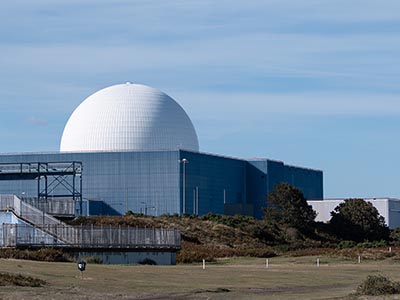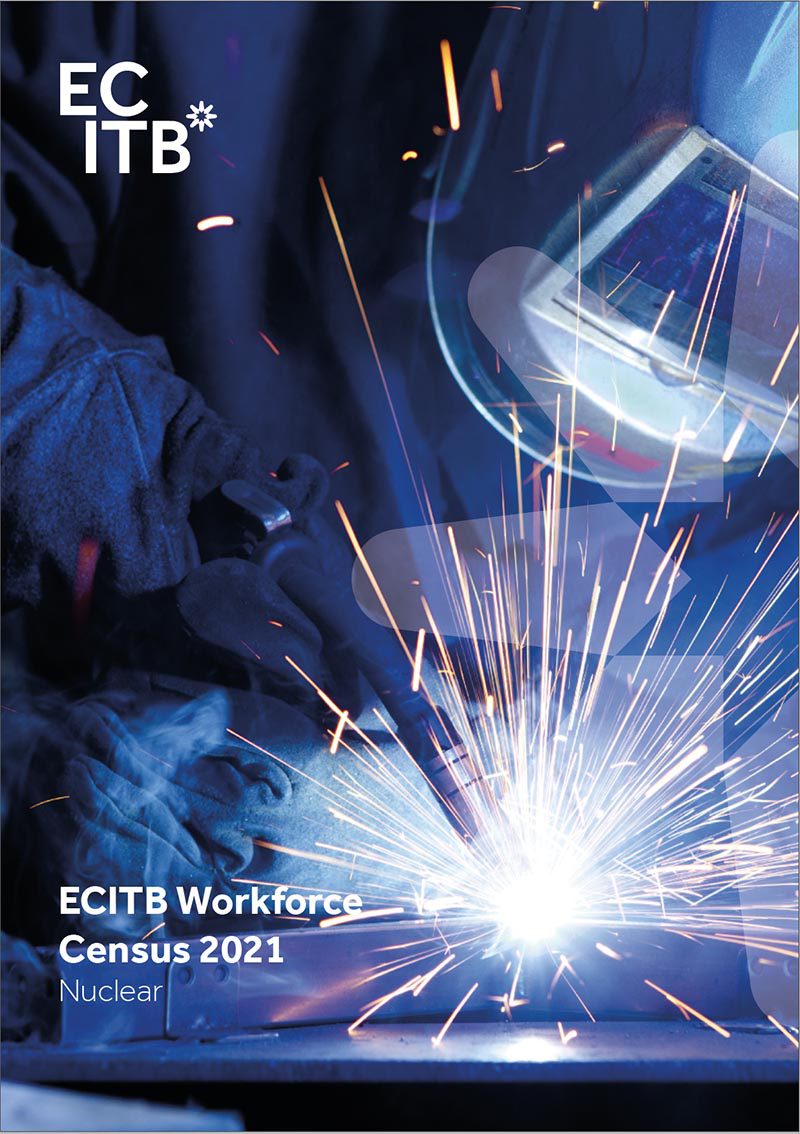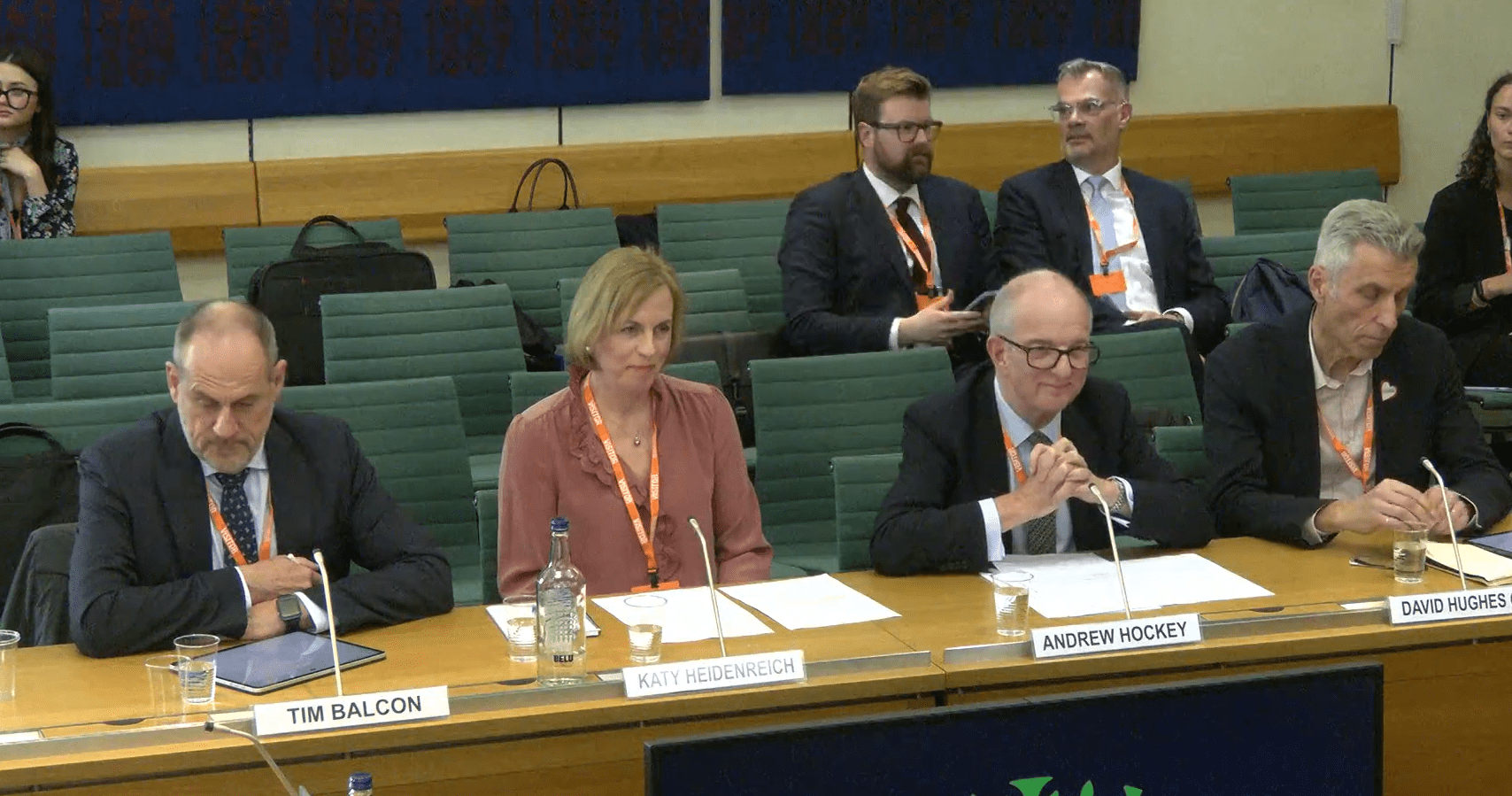The UK’s Nuclear energy industry is on course for recovery with employers forecasting the workforce will exceed pre-pandemic levels by five percent next year, reports the ECITB. But with the buoyant nuclear supply chain facing a raft of opportunities for growth, from decommissioning to new build, the sector must recruit to replace an ageing workforce if it is to avoid future workforce shortages.
Findings from the ECITB’s Workforce Census suggest the nuclear sector has fared slightly better than other sectors in terms of furlough, redundancies, delays and downturns in work. However, the census data – collected during 2021 – points to a drop in productivity, likely the result of limitations to the numbers of workers allowed on site. As the UK begins to lift pandemic restrictions and activities ramp up, the nuclear industry must compete with other major infrastructure projects to ensure it has the skilled workforce required.
Recovery across the nuclear sector places it in direct competition for skills with the wider engineering construction industry, which forecasts growth of almost 21 percent on 2021 and an expansion of 102% of the 2019 workforce levels by 2023. Employer returns from 24 companies active in the nuclear sector suggest hard to fill vacancies already account for almost 6 percent of the industry workforce, mainly due to lack of suitably qualified candidates. This means growth across other engineering construction sectors could lead to workforce shortages in nuclear if current skills gaps are not addressed now.
And, as with the wider engineering construction industry, the nuclear workforce is ageing while seemingly recruiting too few young people. Like much of the industry, the nuclear workforce is skewed towards older personnel with 39% over the age of 50, and 15% under 30. The ECITB’s analysis suggests the forecast increase of 5.3% on the 2019 headcount by 2023 may mean the nuclear sector, like wider industry, could struggle to meet future levels of demand because of struggles to fill shortages left by those retiring.
However, in good news for the nuclear sector it is seen as a potential growth area for companies operating outside of the sector. These companies saying the sector presents opportunities for expansion represent 38% of the engineering construction workforce.
Chris Claydon, ECITB Chief Executive, said: “The nuclear industry showed great resilience during the pandemic and I’m pleased we are seeing positive signs of growth across this vital sector, which will play a critical role in the UK’s journey to net zero.
“With work on Hinkley Point C progressing, the outlook for the sector is positive with both new build and decommissioning projects set to be delivered over the coming decade. To meet the level of workforce required, the nuclear sector will need to see more young people joining to replace those taking retirement. Through our support for apprentices, our partnership work with EDF, and funding for initiatives like the Nuclear Bursary, the ECITB is already working to develop new talent for industry and we will continue to help address current and future skills requirements.”
The ECITB Workforce Census – surveyed a range of contractors and site licence companies working across nuclear new build, repair and maintenance, and decommissioning – and reports on the performance and perceptions of industry in 2021.






